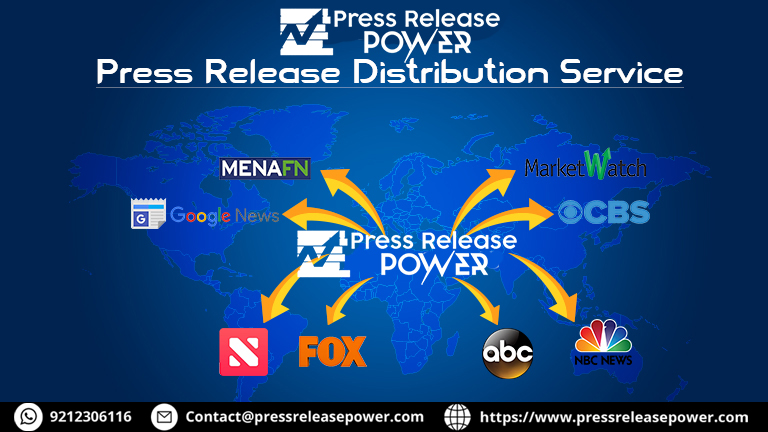What Features Should I Look for in a Modern CMMS Solution?
In today's fast-paced business environment, efficient maintenance management is crucial for organizations to ensure optimal performance of their assets. To achieve this, many businesses are turning to modern Computerized Maintenance Management System (CMMS) solutions. But with the plethora of options available, how do you choose the right CMMS solution that aligns with your organization's needs? In this article, we will explore the key features you should look for in a modern CMMS solution, particularly focusing on its integration with the SAP PM module.
Introduction
A CMMS is a software application designed to streamline and automate maintenance activities, improving the overall efficiency and effectiveness of maintenance management processes. It serves as a centralized hub for organizing, scheduling, and tracking maintenance tasks, allowing organizations to optimize their resources and prolong the lifespan of their assets. Choosing the right CMMS solution is essential for ensuring smooth operations and maximizing return on investment.
Key Features of a Modern CMMS Solution
User-Friendly Interface: A modern CMMS solution should have an intuitive and user-friendly interface that requires minimal training and allows easy navigation for both technical and non-technical users.
Mobile Accessibility: The ability to access the CMMS solution on mobile devices such as smartphones and tablets is crucial for maintenance teams who need to perform tasks on the go, access real-time information, and update work orders remotely.
Asset Management: An effective CMMS should provide comprehensive asset management capabilities, allowing organizations to track and manage their assets throughout their lifecycle. This includes asset identification, categorization, location tracking, maintenance history, and documentation.
Work Order Management: The cmms software should enable the efficient creation, assignment, and tracking of work orders. It should streamline the workflow by automating processes such as work order generation, assignment notifications, and status updates.
Preventive Maintenance: The CMMS should support preventive maintenance strategies by enabling the creation and scheduling of preventive maintenance tasks based on time, usage, or condition triggers. It should also provide alerts and reminders for upcoming preventive maintenance activities.
Reporting and Analytics: A modern CMMS should offer robust reporting and analytics capabilities, allowing organizations to generate insightful reports, track key performance indicators, and make data-driven decisions to improve maintenance operations.
Integration with SAP PM Module: For organizations already utilizing the SAP PM module, it is essential to choose a CMMS solution that seamlessly integrates with SAP. This integration ensures data synchronization, avoids duplication of efforts, and leverages the functionalities of both systems to enhance maintenance management processes.
Centralized Data Storage: The CMMS should provide a centralized database for storing all maintenance-related data, including equipment information, maintenance logs, work orders, and maintenance schedules. This centralization improves data accessibility, accuracy, and reduces the risk of data loss.
Customization Options: Every organization has unique requirements and workflows. Therefore, the CMMS solution should offer customization options to tailor the system to match specific needs, including customizable fields, forms, workflows, and reports.
Scalability and Flexibility: As organizations grow and evolve, their maintenance management needs may change. The CMMS should be scalable and flexible enough to accommodate future expansion, additional assets, and changing business processes.
User Support and Training: The CMMS vendor should provide adequate user support, including training resources, documentation, and responsive customer support, to ensure a smooth implementation and ongoing system maintenance.
Benefits of Implementing a Modern CMMS Solution
Implementing a modern CMMS solution brings numerous benefits to organizations:
Improved Maintenance Efficiency: A CMMS streamlines maintenance processes, reducing manual paperwork, eliminating duplicate efforts, and automating routine tasks. This leads to increased maintenance efficiency and productivity.
Enhanced Asset Performance: A well-implemented CMMS ensures proper maintenance of assets, prolonging their lifespan and optimizing their performance. Regular preventive maintenance and timely repairs minimize asset failures and improve overall reliability.
Cost Savings: By optimizing maintenance activities, preventing unexpected breakdowns, and reducing downtime, a CMMS helps organizations save costs associated with emergency repairs, unplanned maintenance, and inefficient resource allocation.
Regulatory Compliance: A CMMS helps organizations comply with industry regulations and standards by facilitating documentation, tracking inspections, and ensuring timely maintenance of critical equipment.
Better Decision-Making: With access to real-time data, comprehensive reports, and analytics, organizations can make informed decisions regarding maintenance strategies, resource allocation, and budget planning.
Reduced Downtime: Prompt identification of maintenance needs, efficient work order management, and preventive maintenance scheduling significantly reduce equipment downtime, minimizing disruptions to operations.
Choosing the Right CMMS Solution for Your Organization
When selecting a CMMS solution for your organization, consider the following steps:
Assessing Your Organization's Needs: Identify your maintenance management requirements, priorities, and pain points. Consider the specific needs of your industry, the size of your organization, and any unique workflows or compliance requirements.
Evaluating Vendor Options: Research and evaluate different CMMS vendors based on their features, reputation, customer reviews, and track record. Shortlist vendors that align with your organization's needs and budget.
Considering Integration with SAP PM Module: If your organization already utilizes the SAP PM module, prioritize CMMS solutions that offer seamless integration with SAP. This integration ensures data consistency, eliminates redundant data entry, and improves overall maintenance efficiency.

.jpg)
.jpg)





 English (US) ·
English (US) ·